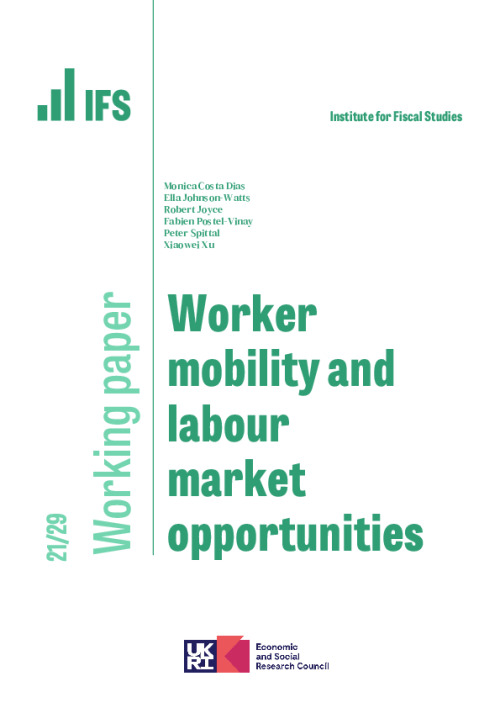We develop a measure of labour market opportunities for heterogenous types of worker, exploiting information on their suitability different jobs encoded in historical patterns of worker mobility. We provide a theoretical foundation for our measure, which features naturally in a general random search framework. Our measure is flexible in the sense that it admits general definitions of worker and job heterogeneity, and is easily implementable empirically with data on worker mobility and labour demand. We apply our measure to high-quality data on labour demand in the UK, based on the universe of 104.7 million job adverts posted online from January 2015 to June 2021. We demonstrate the utility of our measure with an analysis of worker prospects throughout the Covid-19 pandemic. First, while the direct impact of lockdown policies was concentrated on relatively few industries, labour demand fell much more broadly. And, as our measure highlights, the full effects were broader still because of the disruption to usual career progression, even for those in less-affected sectors such as healthcare. Second, despite aggregate labour demand returning to pre-pandemic levels by June 2021, 25% of the workforce faced new job opportunities more than 10% below pre-pandemic levels. This is because of a change in the composition of vacancy postings (towards lower-paying occupations) which our measure of labour market opportunities is sensitive to. Finally, the majority (64%) of unemployed workers faced at least 10% more competition for jobs from unemployed jobseekers than before the pandemic.














